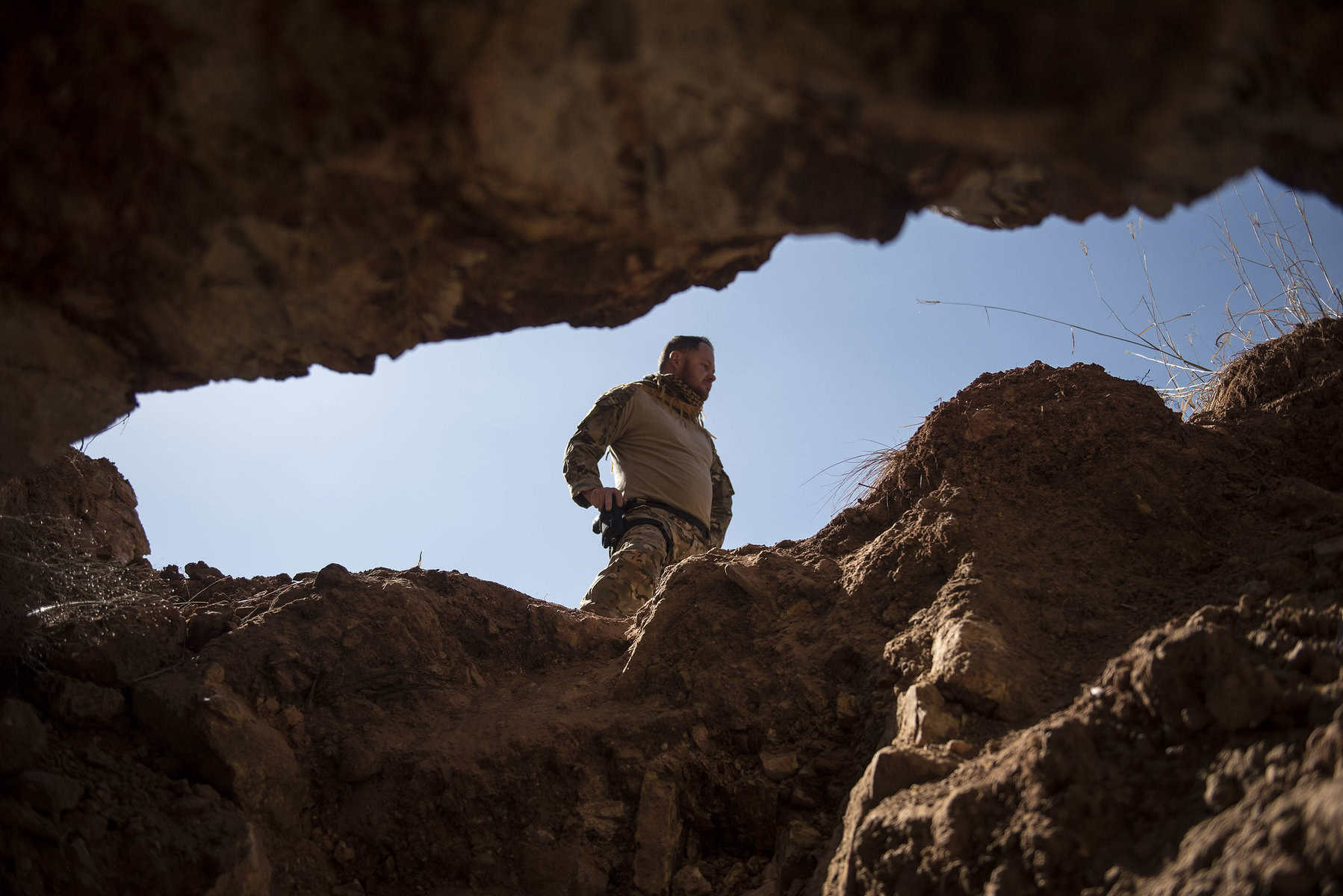From collapsing homes to ruptured pipelines, Johannesburg’s underground instability is reaching crisis point.

Johannesburg is literally built on a hollow honeycomb, with its mining history playing a significant role. Adding to the instability, dolomite rock beneath much of the city and Ekurhuleni is inherently unstable.
Research by the University of Johannesburg showed how flooded mine voids increase hydrostatic pressure on dolomitic rock.
Thousands of sinkholes tied to disturbed dolomitic land
A study by the University of Pretoria documented over 3 000 cases of subsidence and sinkholes across Gauteng, showing a clear link between disturbed dolomitic land and ground collapse.
Dolomite dissolves when exposed to water, forming cavities that can collapse at any time. Abandoned gold mines made the problem worse by creating voids that intersect water-bearing rock layers.
Abandoned mines and flooding
When mine pumping stopped, many of these voids flooded, raising the groundwater table. When water rises to within 6-10m of the surface, the risk of sinkholes escalates dramatically.
Each blast or dig weakens the underground framework a little more. Blasting closer to the surface, because of the rising water table is causing even more structural damage.
“In parts of Brakpan, residents report three or four blasts a night,” said private security operator Marius van der Merwe.
ALSO READ: [WATCH] Illegal mining underneath Snake road
Surface-level blasting causes cracks and collapses
“Houses are developing cracks that run through the foundations. Factories around Plastic City in Brakpan are reporting the same, with walls splitting.
“The zama zama blasting is shallow now because the water table has pushed up. They can’t go deeper, so they mine closer to the surface. That’s why the damage is so widespread.”
A study published by North-West University linked compromised mine backfill and acid mine drainage to infrastructure collapse in Joburg’s CBD.
Another study even used satellite radar to detect ground deformation in Gauteng, predicting sinkholes before they happened. But it only shows where the damage is coming. It doesn’t stop it.
“It’s endless,” Van der Merwe said. “You walk through informal settlements on old mining land and you see molehills everywhere, each one is an entry shaft. “
Infrastructure in Joburg’s CBD and suburbs under threat
They pop up in roads, school yards, even backyards. From there the zama zamas tunnel down 10m or 20m and strip what they can. Multiply that by thousands of shafts across the province and you realise the scale of what we’re dealing with.
“For the average person living on the East Rand, the West Rand, or even in the south of Joburg, the threat is real,” Van der Merwe said.
“We’re talking about collapsing roads, crumbling bridges, homes splitting in half and pipelines rupturing. And it’s going to get worse if nothing is done.”
ALSO READ: The legal steps for drilling a borehole
Illegal mining blamed for erosion, pollution and public danger
South Africans from all walks of life are impacted by the lack of service delivery, including poor road infrastructure, access to water and sanitation.
Last year, in his state of the city address, then Joburg mayor Kabelo Gwamanda said illegal mining activities threaten infrastructure and public safety.
“The consequences of engaging in this unlawful behaviour are significant and extend over a wide area,” he said.
The destruction has impacted the water and road systems, particularly in Joburg’s central, south and west regions.
“The pollution of rivers, as well as potential cross-contamination, present severe health risks to local residents, who depend on pure drinking water for their well-being,” Gwamanda said.
“In addition, the unlawful activities of zama zamas involve disruptive excavation, which leads to soil erosion around pipelines. This accelerates the possibility of sinkholes and severely undermines our infrastructure’s stability and the safety for repair teams.”
Over 120 years of gold mining around Gauteng have left what is estimated at 16 000km of tunnels and shafts – a tempting target for zama zamas.
NOW READ: Millions needed to fix Tshwane sinkholes






